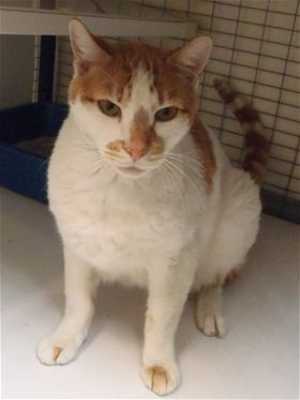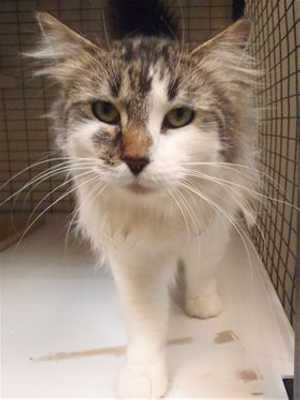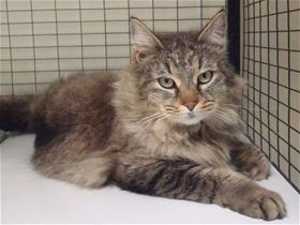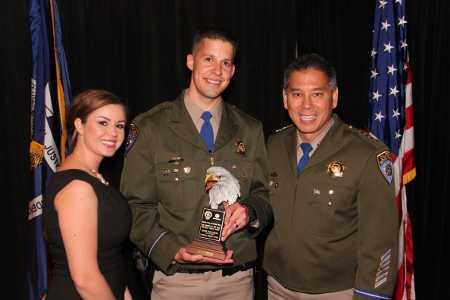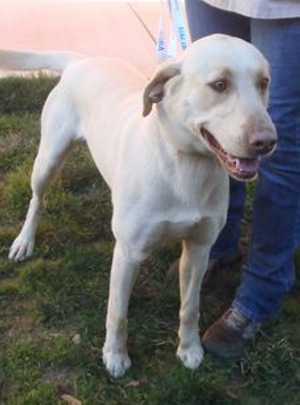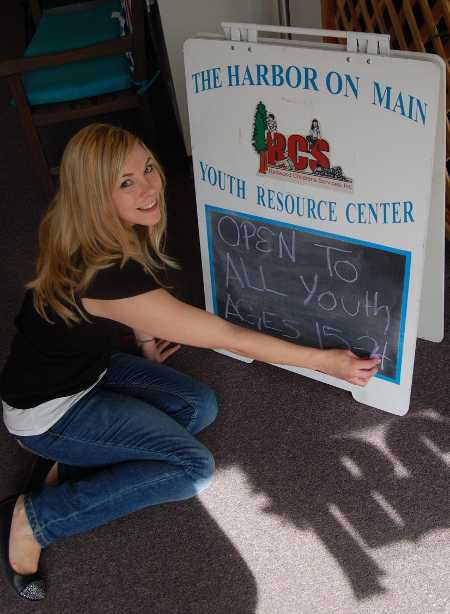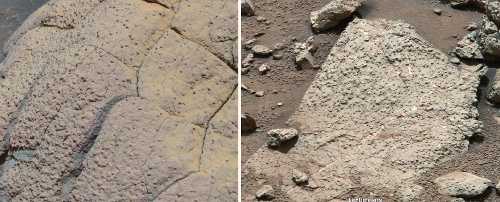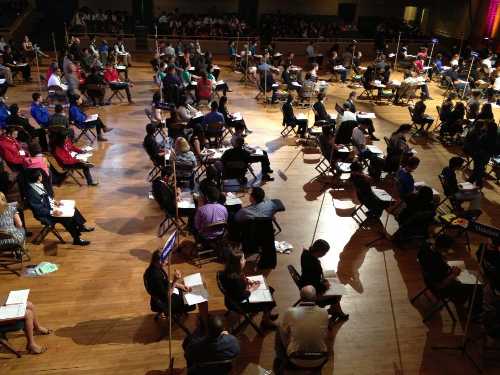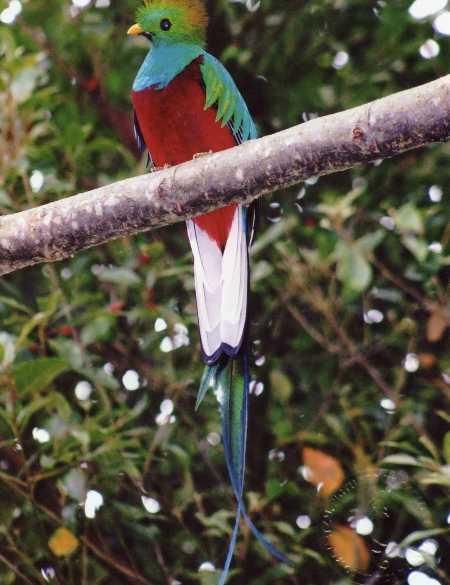
What do you get when you join a group of five adventurous women from Santa Monica with a group of equally adventurous women from Northern California for a birding trip to Costa Rica?
Lots of fun. And, as the Costa Rican’s say: “Pura Vida!”
Add to this group, a patient, somewhat serious birding guide with an ironic sense of humor and a good-natured driver, and you have a recipe for a fantastic journey in one of the most beautiful countries in the world.
Costa Rica has an incredible number of colorful exotic birds and interesting animals, including the indescribable resplendent quetzal.
The people are fantastic too: tourism is so important in Costa Rica that they do everything they can to make your visit easy and enjoyable.
Although it is a good idea to have some Colones, most places takes dollars and credit cards are also easy to use, and if you don’t speak Spanish, no problem, everyone who needs to speaks English.
Organized by Lake County resident, Bella Kluyt, a 76-year-old Dutch/Indonesian ball of energy and Ecole Travel of Costa Rica, we were met at the airport near San Jose, Costa Rica by Andres and Ricardo to start our trip.
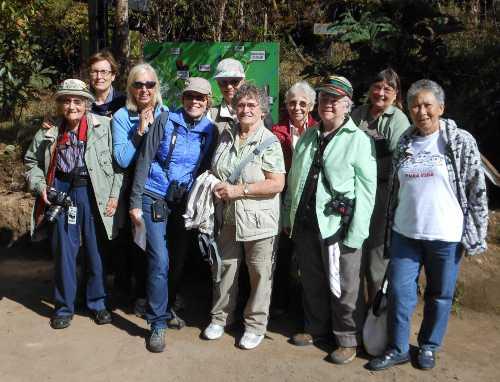
“Bella Birding,” read the sign held by Andres, our birding guide, and we were soon boarding Ricardo’s small tourismo bus and heading to the Cerro Lodge near Tarcoles close to the Pacific. It didn’t take long for Andres to figure out he had a group of interesting, chatty, crazy women on his hands!
There was Nel, the 73-year-old Dutch blonde beauty with a sense of humor that never stopped; Paula, also Dutch, who teaches computer usage to elders in her town of Santa Monica; and perhaps the coolest of all, Nancy Cattel, a 92-year-old practicing attorney – a world traveler who was on the trip with her daughter Jody. Nancy carried around a 10 pound camera too, and took fabulous images of every bird we saw.
Birding wasn’t exactly Jody’s thing – the youngster of the group, just 61; her idea of a good time besides running and mountain climbing is launching herself over 5 foot jumps on her 18 hand high Hanoverian horse.
So, one can see how birding, which requires long and tedious moments of standing in one spot staring up at the trees, could be a little tame for Jody, but, like the other ladies who were not exactly keen birders she was a great sport and soon got into the spirit of it all.
Carol, also of Santa Monica, was an unassuming little slip of a thing, but guess who was among the ladies who went zip lining? You got it! Carol!
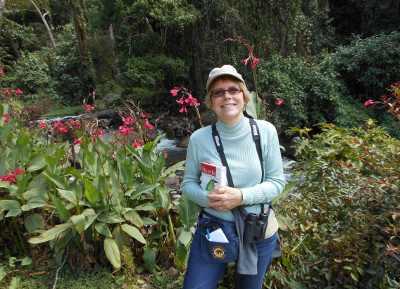
Then there were the Lake County girls, including Janet, Michelle, Susanne, Bella and me who were considered the “real birders” of the group, with poor Susanne getting stuck with the job of keeping our bird list.
Of course with 10 women, all 60 or over, there was a lot of clamoring for bathrooms. Andres figured that out right away and carefully planned our journey making sure we had appropriate bano stops all along the way.
A handsome 30-year-old Costa Rican with a degree in ecological tourism, Andres was not only an expert at identifying birds for us, but also explained both the cultural and natural history of the country.
Poor Andres had his hands full with this group of ladies. One of our members put it this way: “It’s like herding cats!” He would often have to say: “Ladies, ladies, please, I will explain to you, what we are doing, But could you please listen.” Ha ha! We did manage to get a smile out of him once in awhile and we soon caught on to his ironic humor.
Our first two nights were at the Cerro Lodge near Tarcoles. The lodges in Costa Rica have bird feeders to attract the more “common” birds like macaws, toucans, oropendolas and a variety of tanagers that fly into the feeding platforms strewn with different types of fruits.
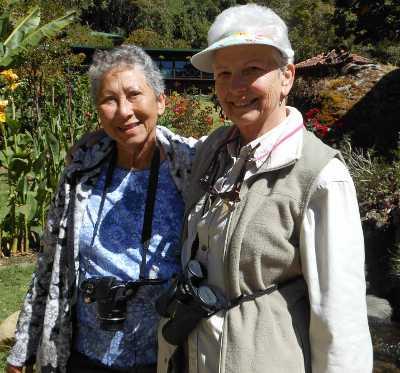
On our first afternoon walk in the vicinity of Cerro Lodge we saw the tropical kingbird, scarlet macaw, Montezuma Oropendola, rufous-naped wren, melodious blackbird, squirrel cuckoo, Inca dove, striped-headed sparrow, short-tailed hawk, gray hawk, cinnamon hummingbird, to name just a few, and that was just on the road near our lodge!
Dinner was typical Costa Rican faire – beans and rice, trout or chicken, fantastic salad and other vegetables.
The next day it was on to the Tarcoles River for an astounding trip where again, we saw numerous birds along with lots of crocodiles. Andres was the best birding guide imaginable.
We could never have seen, let alone identified, the birds that he pointed out to us. On the Tarcoles we saw: bare throated tiger heron, white ibis, wood stork, roseate spoonbill, magnificent frigate bird, ringed, green, and amazon kingfishers, mangrove swallow, boat-billed heron, prothonotary warbler, and on and on.
The nine-day trip consisted of staying two nights each at different eco-lodges. We basically made a circle, flying into San Jose, then driving west to Tarcoles, near the Pacific Ocean; then north to Mt. Arenal, where we stayed at the Arenal Observatory Lodge, then east to Sarapiqui, then south again to the Savegre River area to get our best chance at seeing the resplendent quetzal.
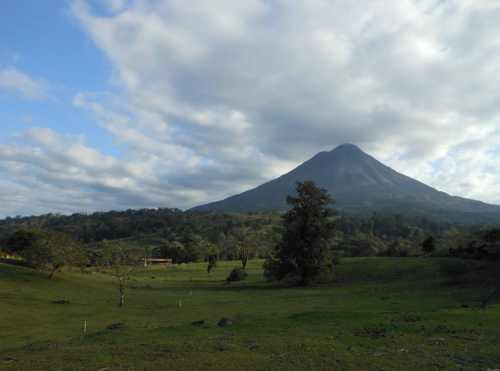
All of the areas were beautiful and the lodgings were excellent. Two were “rustic,” but still very nice and two were more “high end” and modern. All were built to blend with the unique habitat of the areas and all catered to birders.
The Arenal Observatory Lodge, where we stayed after El Cerro in Tarcoles, was perhaps the most modern. The original buildings were for the scientific observation of the active Arenal volcano, but eventually the hotel was constructed and it has become a tourist mecca.
The lodge boasts beautiful rooms, nice bar and restaurant, numerous trails, a lovely pool, a huge deck for viewing the volcano, birds and other wildlife (like the white-nosed coatimundi) and numerous trails, one leading to a gorgeous waterfall. You can also go on trail rides here. I could have spent a week at this place!
All of the lodges have restaurants on site. At Arenal, you could order from a menu, but the other places were similar to bed and breakfasts where all diners enjoy the same kitchen fare produced by the hosts.
Costa Rica doesn’t seem to have a distinct cuisine, like Mexico or France, but the food was good. Lots of what they call trout, which looked and tasted to me more like salmon. It was delicious as were the salads. Beans and rice were served at every meal, breakfast and dinner. Water at all of the lodges was potable, right from the tap, and no one in our group became ill.
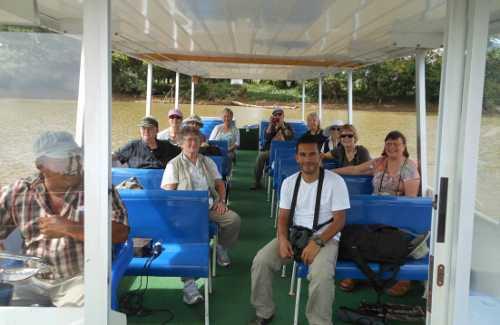
While at Arenal we drove north and enjoyed another boat tour, this time on the Rio Frio in the Cano Negro Wildlife Refuge. We had lunch on the boat and it was on this trip that we saw both the great and common potoo. Apparently catching a site of the great potoo is quite unusual, so we were happy about that.
We also saw (and heard) many howler monkeys, and the Capuchin monkey, long-nosed bats roosting on a tree, iguanas, crocodiles, caymans and the Jesus Christ Lizard (so named because it can “walk on water,” for short distances.)
After Arenal we traveled east to Sarapiqui to stay at the El Gavilan Lodge, another “rustic,” inn. There we saw the spectacled owl and also visited the famous La Selva Biological Station where researchers from all over the world come to study tropical rain forests.
At La Selva we saw different song birds, the black-cheeked woodpecker, social flycatcher, chesnut-headed oropendola, great curassow, a three-toed sloth sleeping in a tree, and a family of peccary (pigs) trotting through the reserve.
Also while at the El Gavilan, most of the Santa Monica gang, including Carol, Jody, Nel and 92-year-old Nancy, opted for zip-lining. Jody was the youngest who went on this adventure, which requires a bit of stamina, with seven or eight platforms where you switch zip-lines and also some hiking to get to them.
I was too chicken, instead opting to walk the local trails and roads with Andres and the Lake County girls in search of the green macaw – which we never did get a good view of, although we did see them flying.
We also randomly bumped into the famous international bird guide, Victor Emanuel, who had his group on the same road where we were looking for the macaw.
It was a funny coincidence because we had just been teasing Andres about Victor Emanuel and how we were going to have to be “more like him” in order to meet our 200 target list of bird species. We were joking of course, we didn’t want to get up at 3 a.m. and bird for eight hours straight. We did meet our target of 200; in fact we got 220!
Our final stop was to the breath-taking Savegre River area in San Gerardo de Dota. We traveled south to arrive there. Although we covered a lot of territory, the bus rides were not too arduous, the longest being the trip to Savegre (six hours).
We got up pretty early on some mornings, heading out by 6 a.m. in some cases. Staying two nights at each place was an absolute must however. All of the places we stayed were either in, or near, one of Costa Rica’s many national parks.
Trogon Lodge was our final destination near the Savegre River, known for having the cleanest water in the world. En route we stopped at the Hotel De Montana Paraiso Quetzal where for $25 we enjoyed lunch and a guided walk through the forest to find the elusive resplendent quetzal.
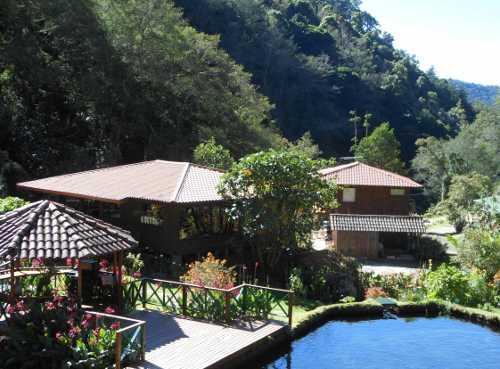
The Serrano family operates the restaurant and resort, with some sons sharing duty in the hotel and restaurant, while others trek the forests, find the quetzal, then stealthily lead visitors to view this gorgeous bird.
Everything is designed to minimize disturbance to the birds and the Serranos leave part of their family lands completely untouched to provide human-free habitat. The family has studied the quetzals for years and is committed to their preservation. It was really fun quietly stalking the bird and exciting when we finally saw him.
After the quetzal adventure, we traveled down into the Savegre Gorge where our lodge was located. The Trogon Lodge is another eco-lodge that is very well-designed and fits into the habitat beautifully. It is next to the Savegre River, with its pure water carefully diverted to a few beautiful ponds where trout are raised for the lodge’s diners.
Guides take people to see the quetzal from here as well; although we didn’t spot it again we added to our list the sulphur-winged parakeet, emerald toucanet, slaty flower-piercer, scintillate hummingbird, collared restart, and more, of course.
The Trogon Lodge marked the end of our wonderful Costa Rican journey. I would certainly go back and spend more time.
We were lucky to have this trip especially designed for us by Bella and Ecole Travel. With only 10 people on the trip, it was very personalized and easy to go on walks and eat at restaurants.
It was great fun, especially to be with such a nice group of amiable and interesting women. We really were able to enjoy “Pura Vida” in Costa Rica!
Roberta Lyons is a journalist and active volunteer in a number of organizations in Lake County, Calif. She lives in Lower Lake, Calif.
Have you taken a great trip that you’d like to share with Lake County readers? Email This email address is being protected from spambots. You need JavaScript enabled to view it. for details on submitting to “There and Back Again.”



